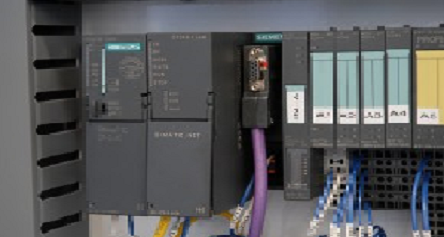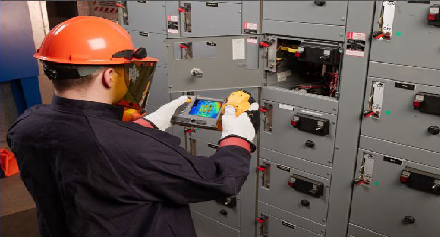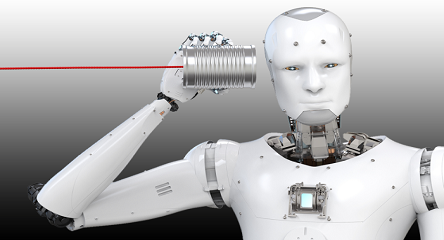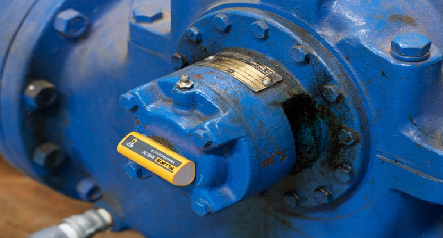The P-F Curve is a critical and often misunderstood representation of asset health.
Failure is not as instantaneous as some may think. There are warning signs that, if detected early enough, can help teams prevent failure. The P-F Curve, denoting “Potential Failure,” is a representation of the detectable states of failure and the point at which equipment starts to degrade.
“Most assets follow a curve in their lifecycle, from good to progressively worse, until they completely fail,” says John Bernet, a product application specialist at Fluke with decades of experience in vibration monitoring. “The P-F curve is a conceptual representation only and does not have any units or scale.”
The P-F Curve takes into account different modes of failure detection. Oil analysis, ultrasound, vibration, thermography, and physical inspections are all ways to detect failure, though some are better than others.
“Early indicators, like oil analysis and ultrasound, may just be a signal for additional maintenance actions, such as lubricating bearings, or beginning to plan and schedule maintenance to avoid surprises,” Bernet says. “Late indicators, like thermography, may not be soon enough to prevent damage to the shaft, bearings, and components of the rotating machine.”
The P-F Curve can help organizations find the right stage during which to detect potential failures. Then maintenance personnel can determine the best time to make repairs. Vibration monitoring provides teams information with enough time to attend to issues before they cause problems.
“Vibration is especially effective in diagnosing mechanical faults,” Bernet continues. “Even a healthy machine is going to have vibration, so it’s easy to identify what is normal for a good rotating machine and then to be able to look for patterns in the change in the vibration.”
Using vibration sensors allows teams to follow assets along the P-F Curve and determine when the right time is to make repairs. Keeping assets available and creating uniform products helps companies carve out a competitive edge and improve business value.






